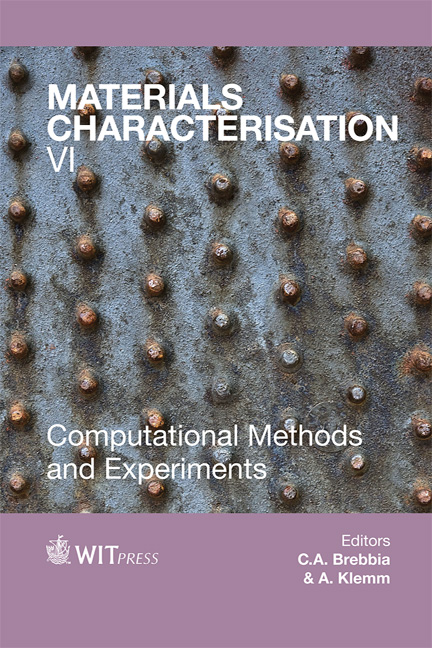An Improved Criterion To Minimize FE Mesh-dependency In Concrete Structures Subjected To Blast And Impact Loading
Price
Free (open access)
Transaction
Volume
77
Pages
9
Page Range
273 - 281
Published
2013
Size
1,510 kb
Paper DOI
10.2495/MC130241
Copyright
WIT Press
Author(s)
H. G. Kwak & H. G. Gang
Abstract
In the context of an increasing need for reliability and safety in concrete structures under blast and impact loading conditions, the behavior of concrete under high strain rate condition has been an important issue. Since concrete subjected to impact loading associated with high strain rate shows quite different material behavior from that in the static state, several material models are proposed and used to describe the high strain rate behavior under blast and impact loading. In the process of modelling, in advance, mesh dependency in the used finite element (FE) is the key problem because simulation results under high strain-rate condition are quite sensitive to applied FE mesh size. It means that the accuracy of simulation results may be deeply dependent on FE mesh size in simulations. This paper introduces an improved criterion which can minimize the mesh-dependency of simulation results on the basis of the fracture energy concept, and HJC (Holmquist Johnson Cook), CSC (Continuous Surface Cap) and K&C (Karagozian & Case) models are examined to trace their relative sensitivity to the used FE mesh size. To coincide with the purpose of the penetration test with a concrete plate under a projectile (bullet), the residual velocities of projectile after penetration are compared. The correlation studies between analytical results and the parametric studies associated with them show that the variation of residual velocity with the used FE mesh size is quite reduced by applying a unique failure strain value determined according to the proposed criterion. Keywords: high strain rate concrete, penetration simulation, failure strain, mesh-dependency, fracture energy.
Keywords
high strain rate concrete, penetration simulation, failure strain, mesh-dependency, fracture energy





